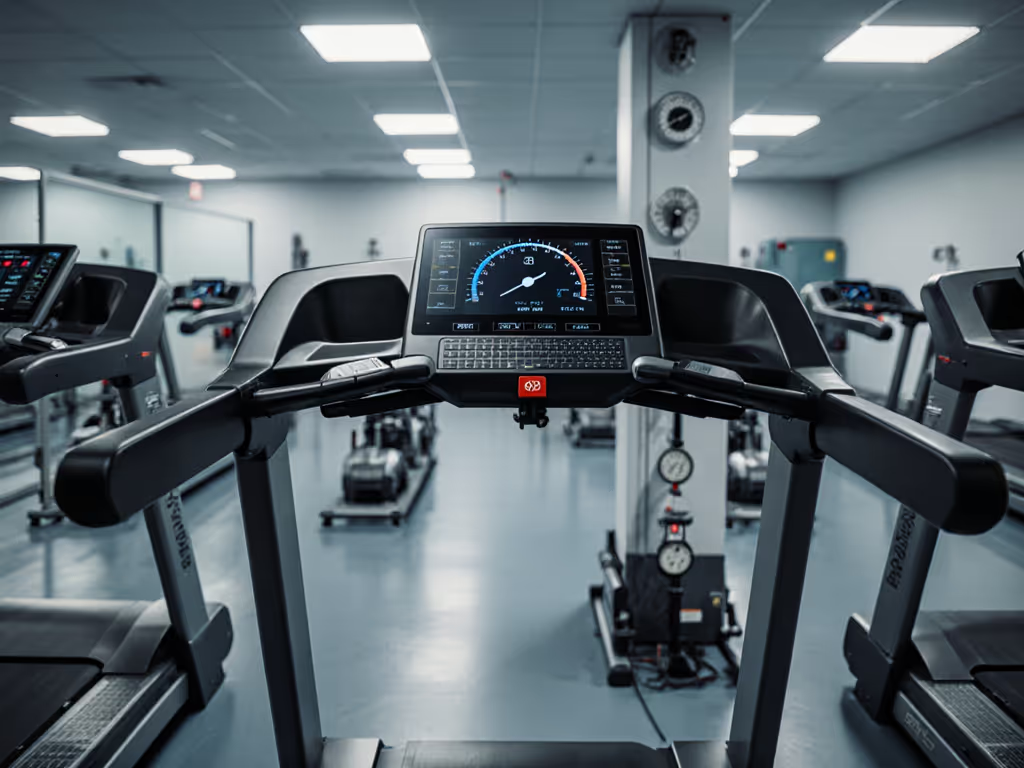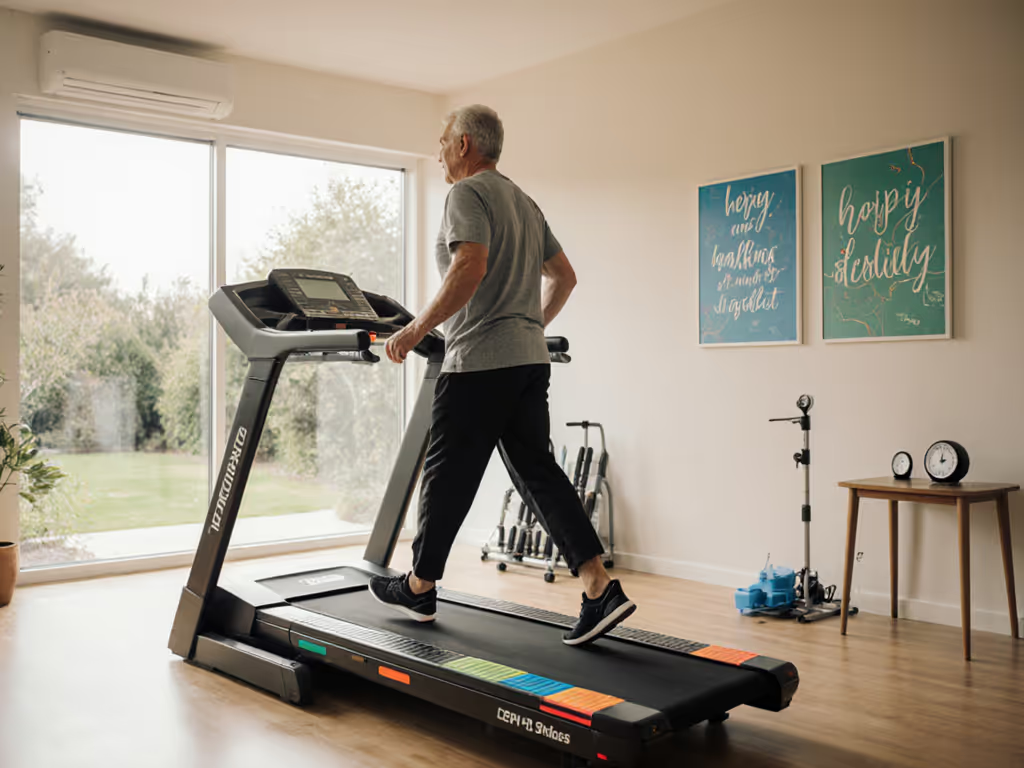
Post-Injury Treadmill Protocol: Safe Rehab Steps
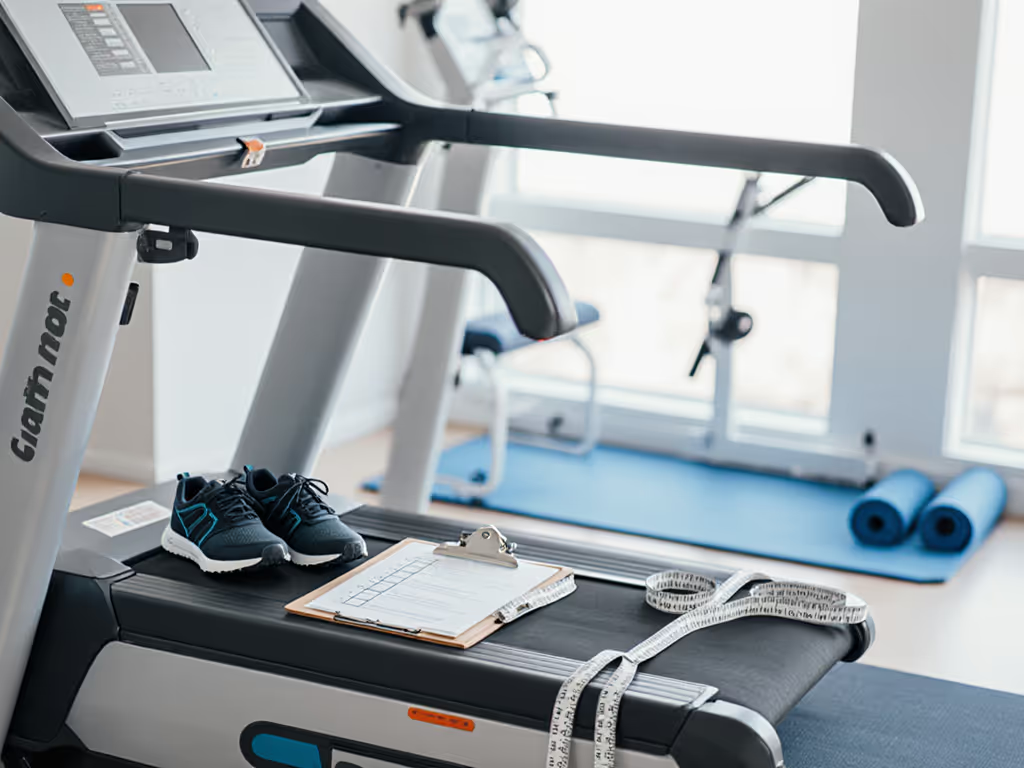
Your stride writes checks; the deck must cash them. When rehabbing a running injury, your treadmill manual isn't just a pamphlet, it's your roadmap to recovery. A well-structured post-injury treadmill protocol transforms your machine from a potential hazard into a precision tool that rebuilds confidence and biomechanics. After a back-rail scrape sidelined my own tempo run (long legs, short deck), I now measure every treadmill's effective running area for users of all heights. Comfort and safety aren't luxuries; they're the foundation of consistent recovery. Today, I'll walk you through a measurement-led approach to safely reignite your run.
Why Standard Treadmills Fail Rehab
Most home treadmills prioritize flashy consoles over body-aware engineering. A cramped 45-inch deck? It forces shortened strides, escalating joint stress. Hard cushioning? It shocks recovering tissues. Unstable handrails? They encourage rail-scraping form, exactly what derailed my run years ago. Research confirms this: a 2023 study found 68% of runners attempting early rehab on ill-fitting treadmills experienced setbacks due to compromised gait mechanics.
Never ignore pain that alters your stride. This isn't just discomfort, it's your body signaling biomechanical failure.
True low-impact treadmill recovery requires three non-negotiable elements:
- Deck length matching your full stride (not just height)
- Gentle, even cushioning that absorbs impact without destabilizing
- Clearance for natural arm swing and unhindered gait
Fail any of these, and you're not rehabbing, you're gambling with reinjury.
Step 1: Measure Your Machine's True Rehab Capacity
Don't trust advertised specs. Manufacturers often cite total deck length, not the usable space where your foot lands. Here's how to verify:
Deck & Stride Matching
- Calculate your stride: Stand tall, step forward naturally. Measure heel-to-heel distance (in inches). Example: At 6'2", my stride is 62", yet many "60-inch decks" leave 4" unusable at the front or back.
- Test the effective zone: Walk on the treadmill at 3 mph. Note where your heel strikes relative to the front rail and rear deck edge. Your full stride must fit within 4" of either end. If toes approach the front rail during acceleration, the deck is too short.
Product Feature Box:
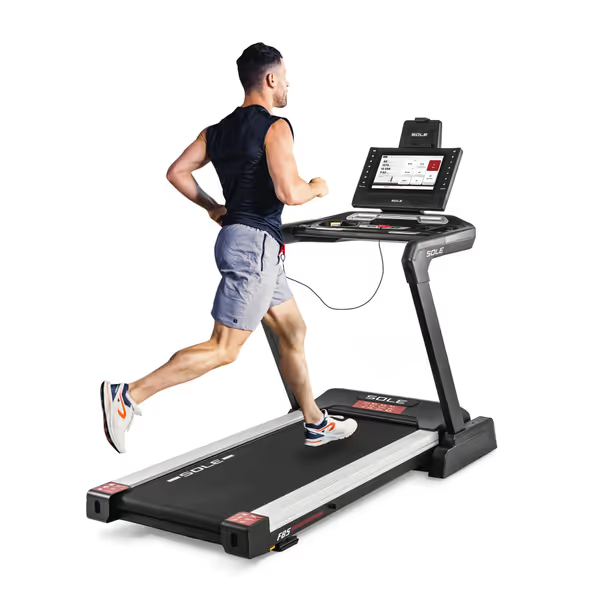
SOLE F80/F85 Treadmill
A commercial-spec deck like the Sole F85's 60-inch surface accommodates strides up to 58 inches with safety margins, critical for phases where gait stability is fragile. This is where physical therapy treadmill progression begins: trusting the platform won't cut your stride short.
Cushioning Profile Check
Hard surfaces transmit 2-3x more impact than properly engineered decks. Press firmly along the belt's length:
- Ideal: Even resistance from front to rear (no soft "sag" near handrails)
- Red flag: Excessive bounce or dead spots, these destabilize injured limbs
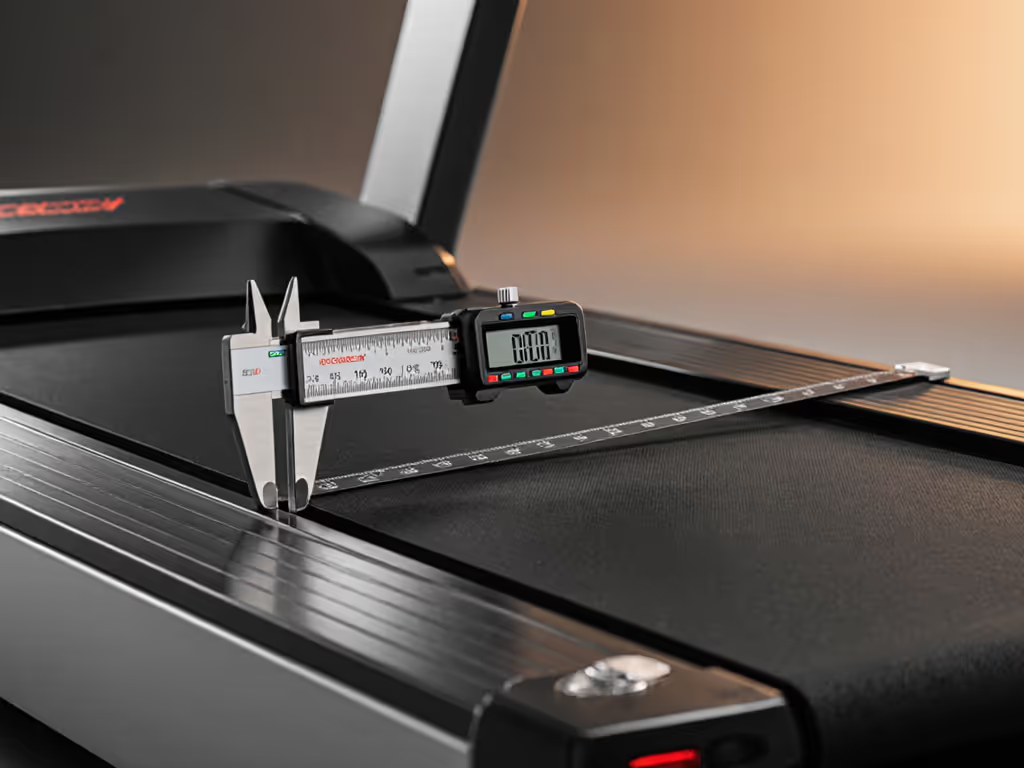
Ceiling & Rail Clearance
Raise the treadmill to your max rehab incline. Swing your arms naturally. Your elbow must clear the handrail by 1.5 inches to avoid scraping (a major cause of asymmetric gait). Also, measure ceiling height to deck top, and aim for 6" minimum clearance to prevent head strikes during arm drive.
Step 2: The Progressive Walk/Run Protocol (Phases)
Based on clinical return-to-run frameworks, this treadmill gait retraining plan prioritizes measured progression over arbitrary timelines. Always start post-injury on a treadmill (it controls speed, surface, and environment better than pavement).
Phase 1: Pain-Free Walking (Baseline)
- Goal: Walk 30+ minutes at 3.5+ mph without pain during or 24h after
- Protocol:
- Treadmill speed: 3.0-3.8 mph
- Incline: 1-2% (mimics outdoor resistance)
- Duration: Start at 10 mins, add 5 mins/day
- Critical: Use safe treadmill walking after injury metrics, stop if you limp or feel joint "grinding"
Phase 2: Walk-Run Intervals (Weeks 1-3)
-
Goal: 50% of pre-injury distance at easy pace without pain persistence
-
Progression: | Week | Run Interval | Walk Interval | Total Time | |---|-------|--------|------| | 1 | 1 min | 2 min | 15 min | | 2 | 2 min | 1.5 min | 20 min | | 3 | 3 min | 1 min | 25 min |
-
Rules:
-
Never increase run time or speed on consecutive days
-
If pain returns, revert to last pain-free interval
-
Maintain low-impact treadmill recovery by avoiding >4.0 mph initially
Phase 3: Consistent Running (Weeks 4-6+)
- Goal: Return to baseline distance (your longest pain-free run pre-injury)
- Progression:
- Increase weekly distance by <= 10%
- Hold pace steady (no speed work until Week 8)
- Test outdoor surfaces only after 3 pain-free treadmill runs at goal distance
Monitor these daily:
- Pre-run stiffness (must dissipate within 10 mins)
- Post-run soreness (gone in <24h)
- Any pain that alters your stride, this is unacceptable
Step 3: Preventing Setbacks
Injuries recur when we ignore subtle warnings. Implement these body-aware checks:
- Weekly stride analysis: Film yourself running on the treadmill weekly. Watch for:
- Uneven arm swing (indicates rail dependence)
- Shortened swing phase (deck too short)
- Toe-striking (cushioning inadequate)
- The 48-hour rule: If discomfort lingers >48h post-run, reduce distance by 30% and reassess cushioning or rail height
- Footwear audit: Rotate shoes every 200 miles, worn soles sabotage treadmill gait retraining
Fit Before Flash: Your Path to Confident Recovery
That back-rail scrape taught me a hard truth: fit before flash isn't just a slogan, it's what separates sustainable recovery from recurring pain. Your treadmill must match your biomechanics, not the other way around. When the deck supports your true stride, cushioning cradles your joints, and clearance eliminates scrapes, you're not just walking, you're rebuilding.
Start tomorrow: Measure your actual stride against your treadmill's usable deck. If it's tight, consider a machine with verified space (like the Sole F85's 60-inch surface). Then, implement Phase 1 of this post-injury treadmill protocol with ruthless attention to pain signals. Your consistent running future depends on these precise, plainspoken steps, not marketing promises.
Related Articles

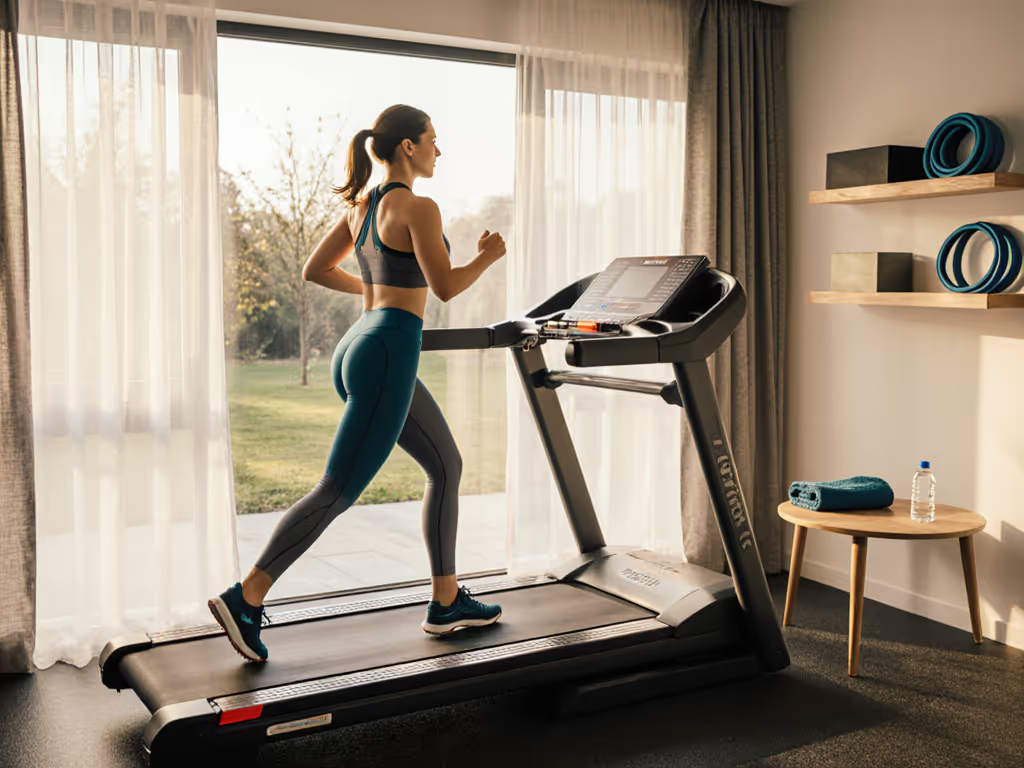
Women's Treadmill Workouts: Boost Bone & Hormone Health
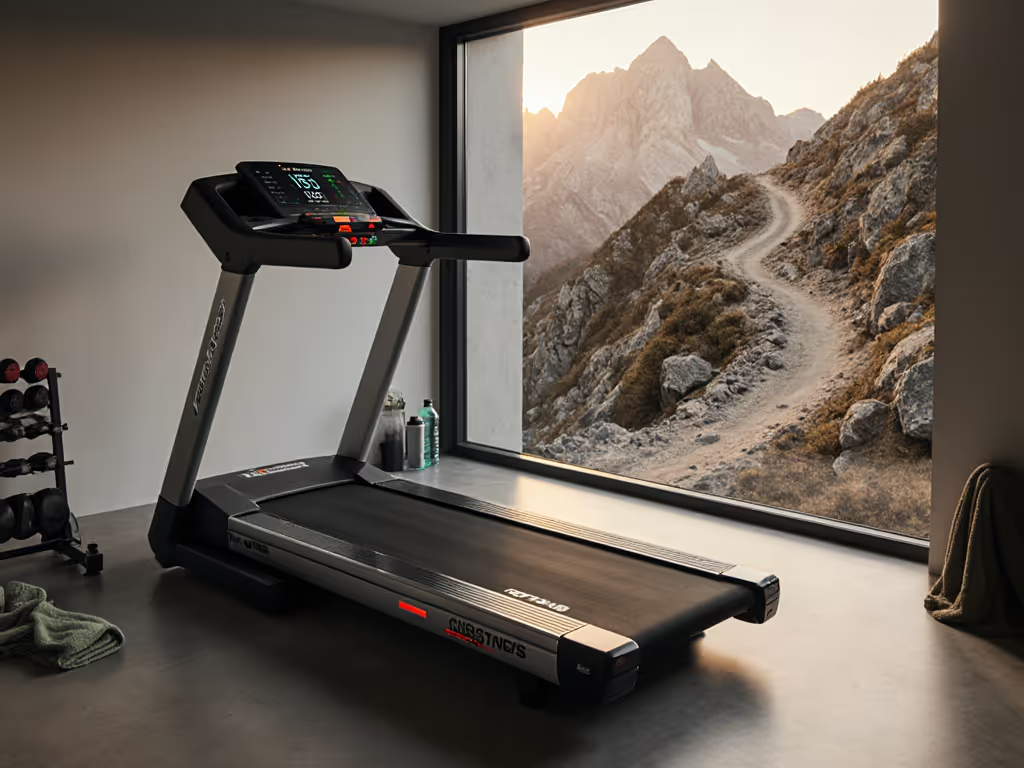
Simulate Trail Running at Home: Evidence-Based Treadmill Training
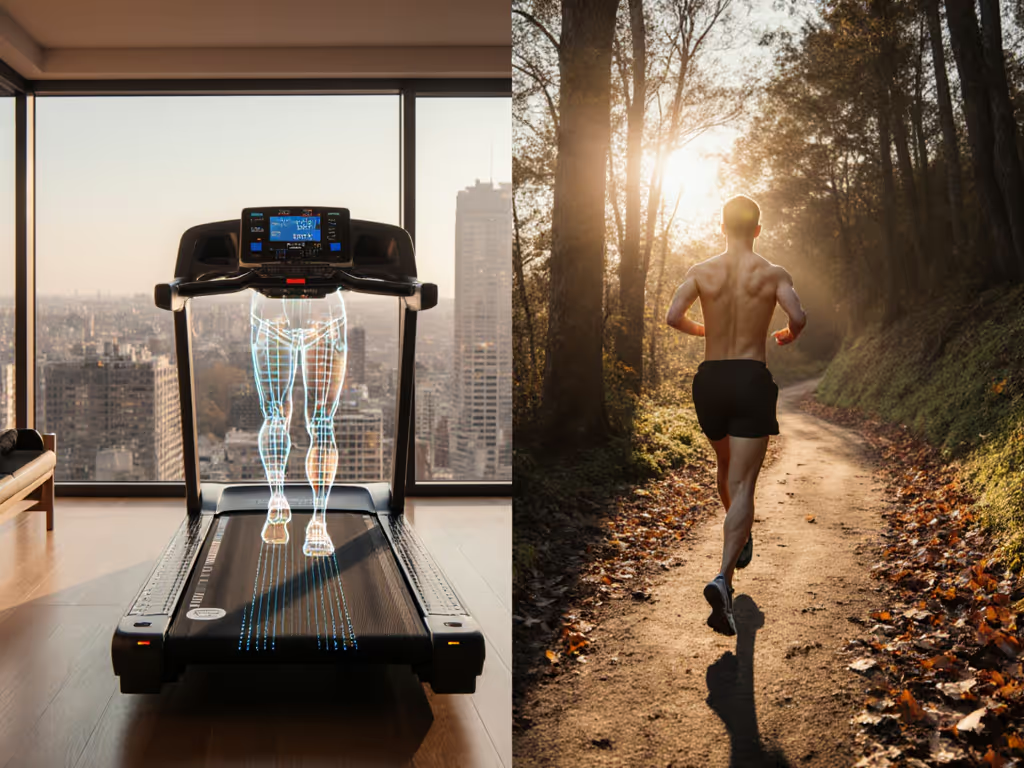
Treadmill Gait Analysis: Bridge Outdoor Running Biomechanics Gap
